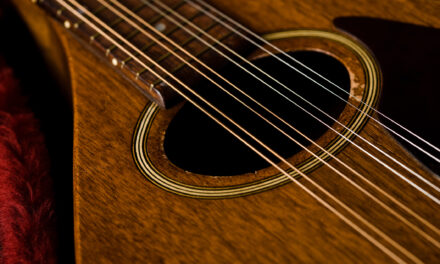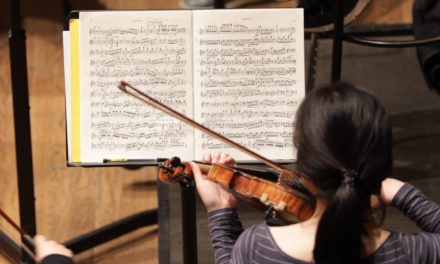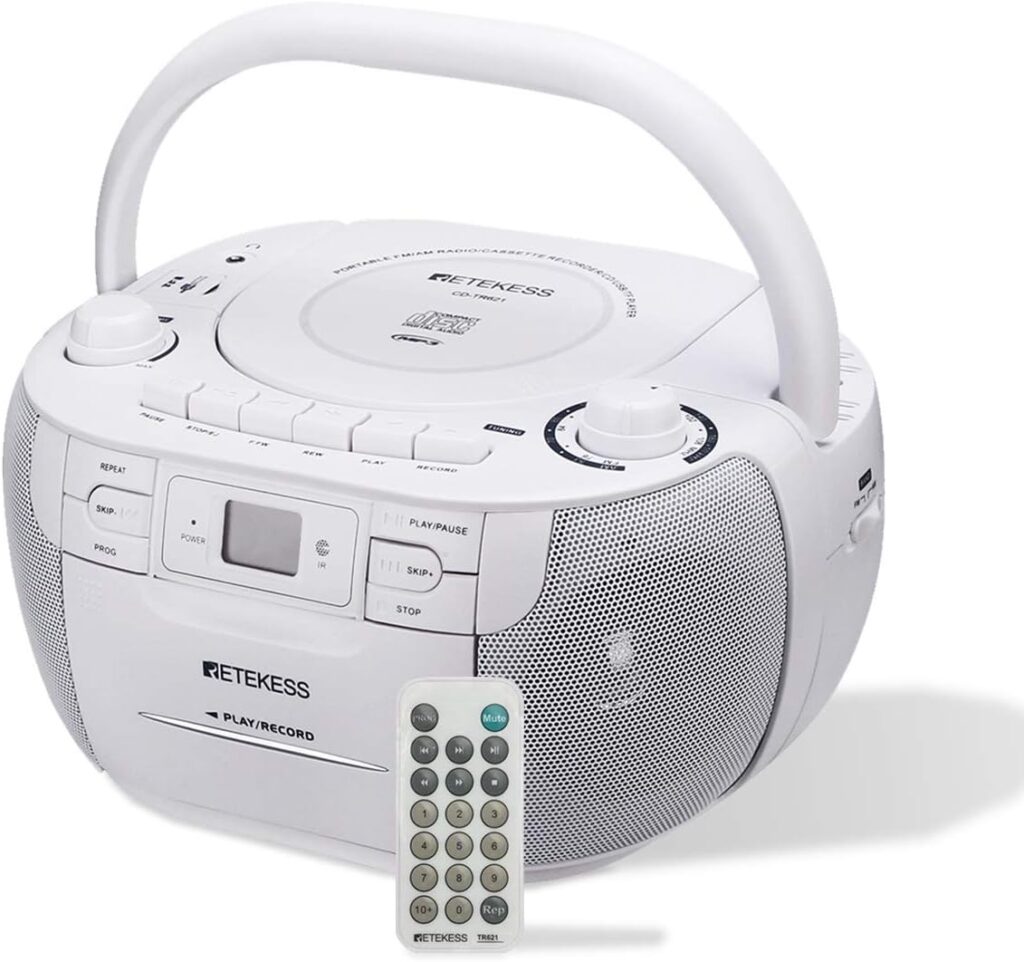Many people learn music in a very practical way, by hearing, by singing, by playing, by experimenting…but if you’re serious about improving your skills as a musician, it’s a good idea to start with learning the principles of music theory. Music theory can seem like an intimidating field to enter, but the more you understand the principle behind music, the easier you will be able to pick up new music skills and the better work you can create, and of course, more joy will come along.
In this article, we have summarized a guide of 8 best music theory books, covering useful information regarding learning music theory, composition, and even get in-depth with specific genres and instruments. Let’s take a look one by one.
The Musician’s Guide to Theory and Analysis Anthology
The Musician’s Guide to Theory and Analysis covers the essential principles of diatonic and chromatic tonal harmony, systematically developing skills in part-writing, figured-bass realization, melody harmonization, counterpoint, stylistic composition and arranging, and music analysis, including contemporary music.
The Musician’s Guide series is divided into two main components, each represented by a core text. While complete enough to be used alone, these dynamic texts are fully coordinated, sharing the same pedagogical approach and structure. Each book relies on a core repertoire of real music that is revisited throughout in a variety of theory- and performance-based contexts. These texts are complemented by a rich collection of learning resources.
Alfred’s Essentials of Music Theory
This practical, easy-to-use, self-study course is perfect for pianists, guitarists, instrumentalists, vocalists, songwriters, arrangers and composers, and includes ear training CDs to help develop your musical ear.
In this all-in-one theory course, you will learn the essentials of music through 75 concise lessons, practice your music reading and writing skills in the exercises, improve your listening skills with the enclosed ear training CDs, and test your knowledge with a review that completes each of the 18 units. Answers are included in the back of the book for all exercises, ear training and review.
Music Theory: From Beginner To Expert
The book ‘Music Theory’ serves not only beginners but also experts. Effortlessly you can learn and understand the music theory as it holds the step-by-step guide which is ultimate in itself. To learn music theory, it will provide you the unique, practical and straightforward way which will help you in becoming the better musician.
It contains 276 pages, audio examples along with new exercises. You can gain the understanding and knowledge of music theory that includes the study of scales, modes, and chords. This evergreen book will guide you in following, digesting and internalizing the concepts of music theory. The beginners will find this book a great help. Yours playing and musicianship, both will be benefitted by this book.
The Jazz Theory Book
Mark Levine’s jazz book series is top notch for learning the scales, chords and voicings for jazz harmony and is endorsed by jazz education giants Jamey Aebersold, James Moody, and Dave Liebman. This book is a great option for prospective jazz musicians, but would probably be pretty useful for serious fans of the jazz genre as well.
The Jazz Theory Book has the clarity that most pedagogical books strive for. This book seems to have left no stone unturned in what one should know about the inner sanctum of jazz theory. The most fruitful information is generally derived from the source and that is the essence of this book. This book is connected to the music of our Jazz Masters. You can’t get any better than that. Even the mature musician will find information here. Truly a magnificent accomplishment.
Hal Leonard Pocket Music Theory
Following in the footsteps of the popular Hal Leonard Pocket Music Dictionary , this handy pocket-sized book is the most contemporary music theory book on the market! A step-by-step guide to harmony and theory for every musician, it includes thorough, yet to easy-to-understand analysis of: intervals, rhythms, scales, chords, key signatures, transposition, chord inversion, key centers, harmonizing the major and minor scales, extended chords, modulation and much more. Packed with info from the Harmony & Theory course at Musicians Institute!
Music Theory For Dummies, with Audio CD
Tracking to a typical college-level course, Music Theory For Dummies breaks difficult concepts down to manageable chunks and takes into account every aspect of musical production and appreciation ― from the fundamentals of notes and scales to the complexities of expression and instrument tone color. It also examines the latest teaching techniques ― all the more important as the study of music, now shown to provide cognitive and learning benefits for both children and adults, becomes more prevalent at all levels.
Wherever you want to go musically ― as a writer or performer, or just as someone who wants to enjoy music to its fullest ― this approachable guide gives you everything you need to hear
The Complete Musician
Beginning with music fundamentals, The Complete Musician covers all the topics necessary for a thorough understanding of undergraduate music theory by focusing on music in context. Rather than rote learning of concepts and memorizing terms, The Complete Musician emphasizes how theory informs the work of performers.
Theory is not a “theoretical” activity; it is a living one that responds to how music is composed and performed. Understanding how theory intersects with composition and performance is key to seeing its relevance to students’ wider musical lives. The Complete Musician makes this connection.
Twentieth-Century Harmony
One of the most important books on contemporary music to appear in this century. Here for the first time is an orderly presentation of the harmonic procedures to be found in music of the first half of the twentieth-century.
The author examines the nature of intervals in various contexts, discusses the modes and other scales employed in modern music, describes the formation and uses of chords by thirds, by fourths, and by seconds, of added-note chords and polychords; he deals with different types of harmonic motion, with harmonic rhythm and dynamic sand ornamentation, with harmonic behavior in tonality, polytonality, atonality and serial composition.














